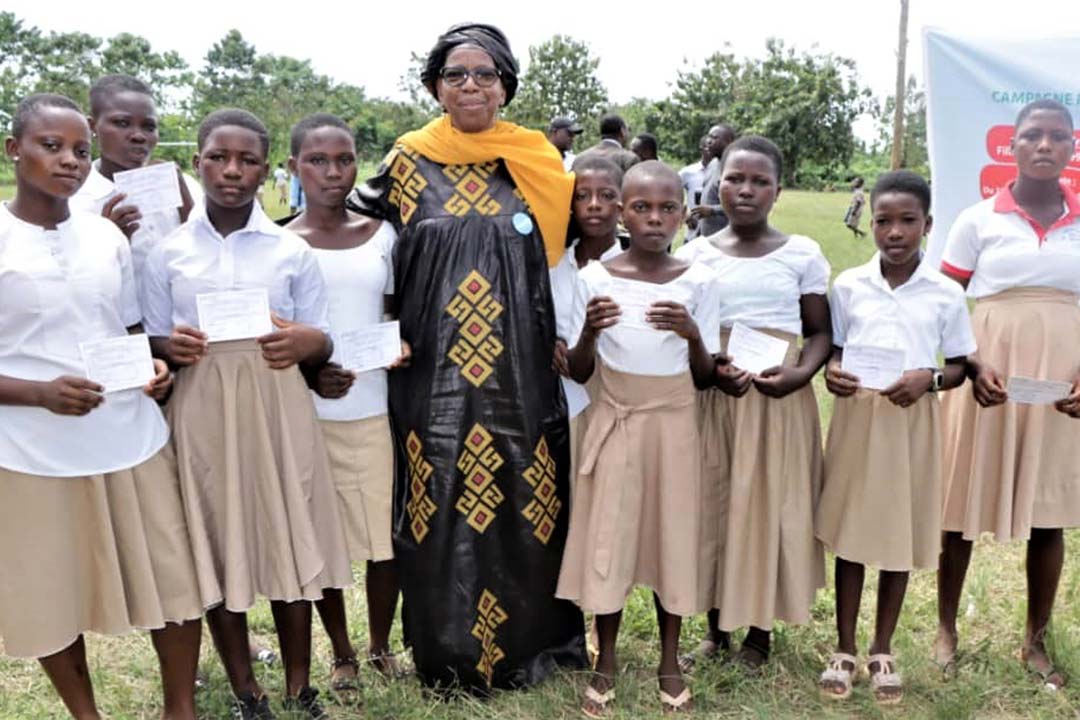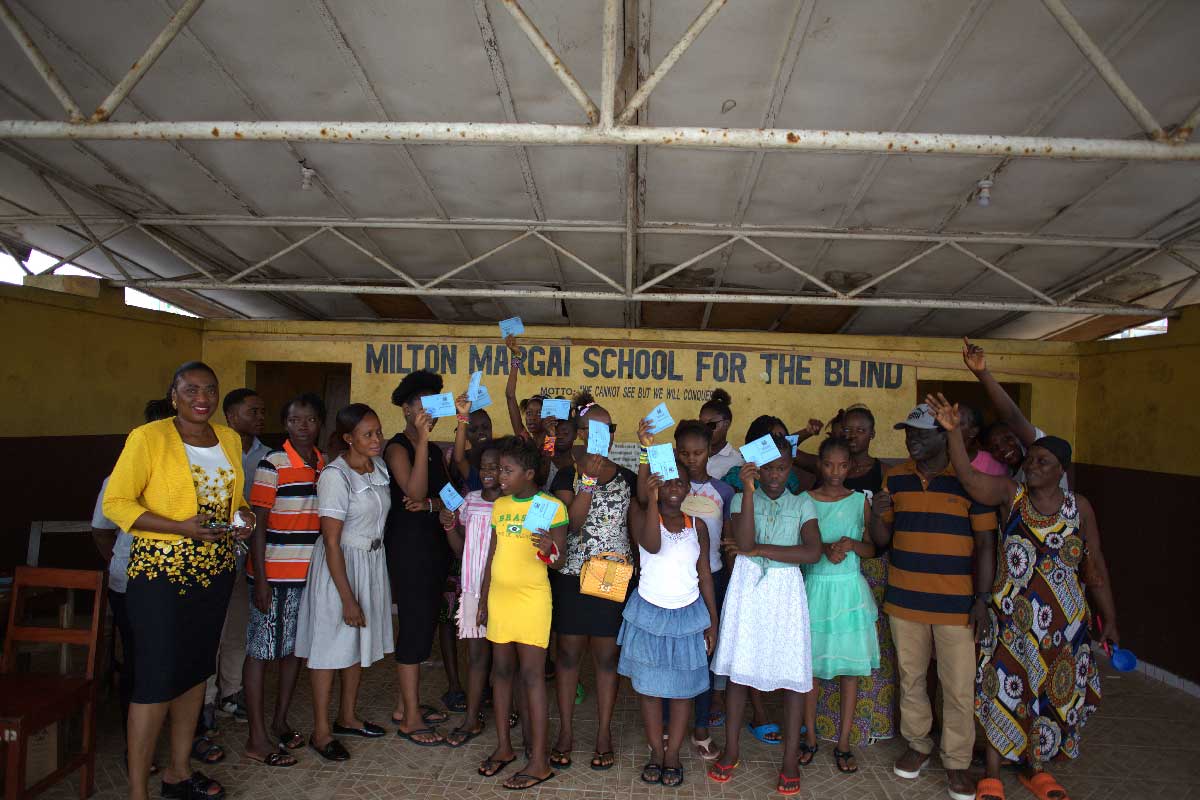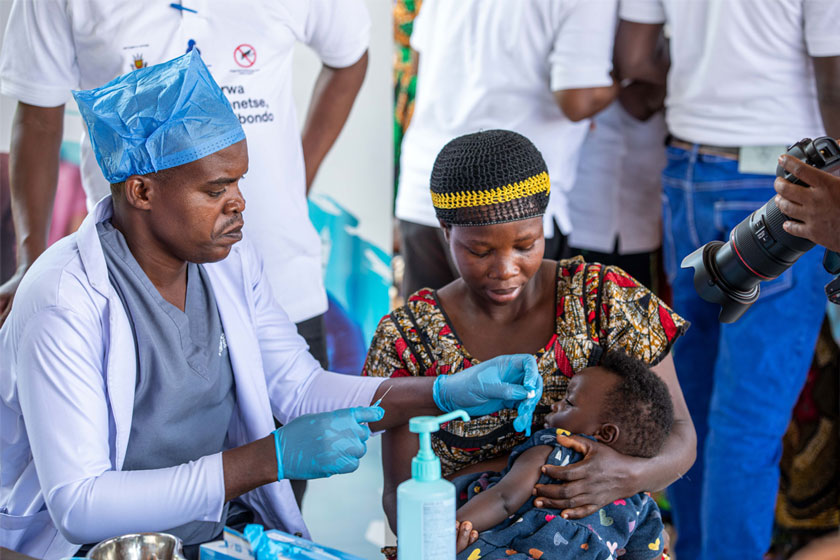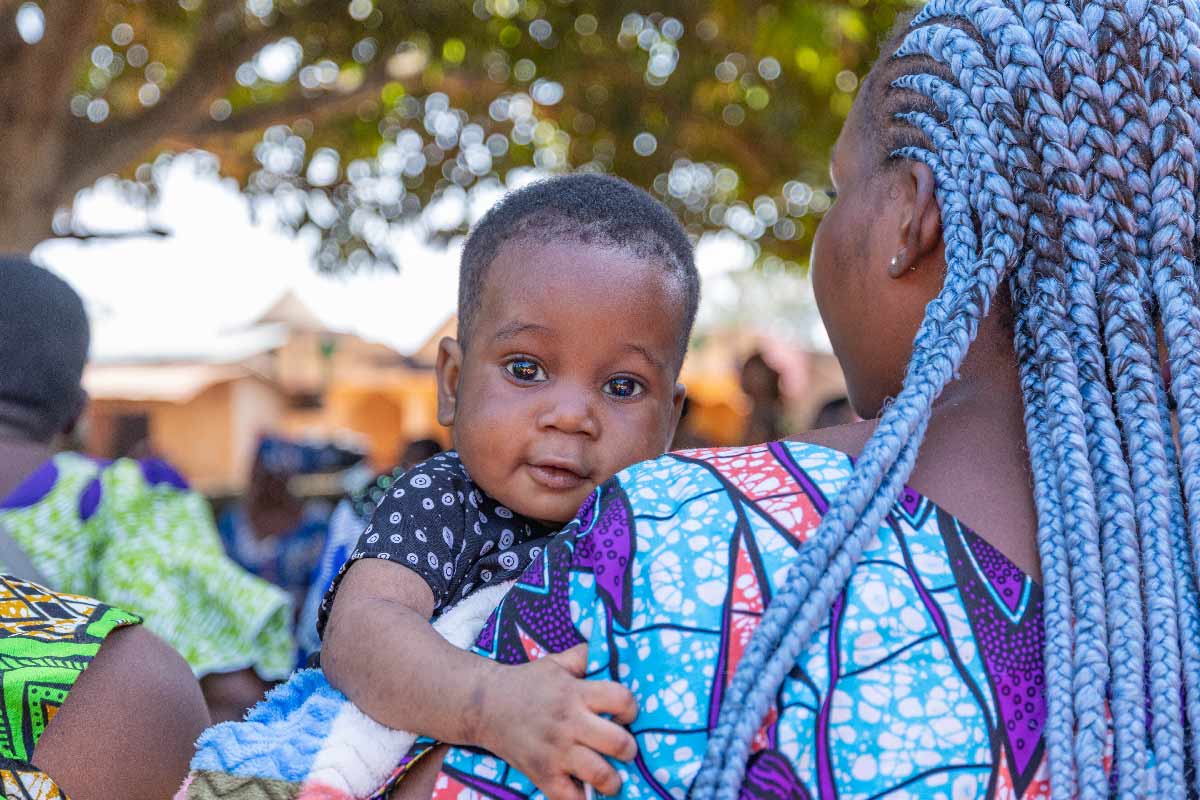Five things to know about Gavi’s role in eliminating cervical cancer
Cervical cancer can be stopped in its tracks by the HPV vaccine – this is what Gavi is doing to get the vaccine out to those who need it most.
- 8 March 2024
- 3 min read
- by Gavi Staff

Worldwide, one woman dies of cervical cancer every two minutes, yet almost all these deaths are entirely preventable. The human papillomavirus (HPV) vaccine is safe and highly effective, preventing the infection that causes most cases of cervical cancer.
Despite there being a vaccine, the fact that more than 90% of these deaths occur in low- and middle-income countries means that many of the people who need the vaccine the most have little or no access to health care, and don't have the same access to the HPV vaccine that those in wealthier countries do.
This inequity, through which the people who most need a vaccine are least likely to get it, is exactly why Gavi was set up over two decades ago. HPV is the latest vaccine for which the Alliance has worked to create sustainable markets through an intentional process of market shaping. This requires driving innovation, encouraging a competitive supplier base and a demand for vaccines that come to market.
Here are five things to know about how Gavi is helping to shape the market for the HPV vaccine.
1. Ambitious targets
Gavi set ambitious targets to reach 86 million adolescent girls by 2025 and prevent more than 1.4 million future deaths from cervical cancer. By the end of 2022, Gavi had supported the vaccination of 16.3 million girls to protect them against cervical cancer, and by the end of 2023, it had supported the introduction of HPV vaccine into the national immunisation programmes of 38 countries. Forecasts suggest the Alliance is on track to achieve its target of immunising 86 million girls with HPV vaccine by 2025.
2. Increasing investments
Gavi has engaged in significant market shaping to stimulate investment in increasing production capacity and new product development. At the end of 2022, improved vaccine supply and WHO's recommendation of a single-dose HPV vaccine schedule led to an extra US$ 142 million of funding to bring Gavi's total investment to US$ 600 million by the end of 2025.
3. Range of HPV vaccines
As of December 2023, there are three WHO-prequalified HPV vaccines in Gavi's vaccine portfolio: GSK's Cervarix and Innovax's Cecolin, both of which protect against two types of HPV (HPV2); and Merck's Gardasil, which protects against four types of the virus (HPV4). All currently licensed vaccines are equally efficient at preventing cervical cancer.
4. Making sure supply meets demand
Gavi is ensuring that supply meets demand by regularly monitoring country demand via contact with agencies, non-governmental organisations and other partners, and providing countries with frequent updates on supply lead times to help facilitate vaccination programme launches. It is also providing key information to vaccine suppliers, informing them of short- and medium-term changes in demand.
5. Ensuring product diversity
Ensuring a range of HPV vaccines driven by supplier competition is necessary for a healthy market that ensures a sustainable supply of vaccines. To allow this to happen, Gavi will, among other things, advocate for studies of single-dose use of new HPV vaccine products to inform country decision-making; define how it could finance HPV9 vaccines alongside HPV2 and HPV4, including co-financing criteria; as well as continue to monitor demand for HPV vaccines with different characteristics and the ways countries choose between them.








